Zinc Sulfide Sputtering Target Description
A Zinc Sulfide Sputtering Target is a type of ceramic material used in sputtering processes, composed of zinc and sulfur. This target is commonly utilized in various applications, including thin-film deposition and optical coatings, due to its unique properties.
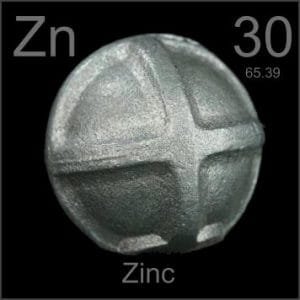 Zinc is a chemical element with the symbol “Zn” and an atomic number of 30. The name “zinc” is thought to originate from the German word ‘zinc,’ which may have been derived from the Persian word ‘sing,’ meaning stone. Zinc was utilized by Indian metallurgists as early as 1000 BC. It is positioned in Period 4 and Group 12 of the periodic table, belonging to the d-block of elements. The relative atomic mass of zinc is approximately 65.409 Daltons, with the number in parentheses indicating a margin of uncertainty.
Zinc is a chemical element with the symbol “Zn” and an atomic number of 30. The name “zinc” is thought to originate from the German word ‘zinc,’ which may have been derived from the Persian word ‘sing,’ meaning stone. Zinc was utilized by Indian metallurgists as early as 1000 BC. It is positioned in Period 4 and Group 12 of the periodic table, belonging to the d-block of elements. The relative atomic mass of zinc is approximately 65.409 Daltons, with the number in parentheses indicating a margin of uncertainty.
Related Product: Zinc (Zn) Sputtering Target
 Sulfur, also spelled sulphur, is a chemical element with the symbol “S” and an atomic number of 16. The name “sulfur” originates from either the Sanskrit word ‘sulvere’ or the Latin ‘sulfurium,’ both referring to the element. Sulfur has been known and used by ancient civilizations, including the Chinese and Indians, as early as 2000 BC. It is located in Period 3 and Group 16 of the periodic table, classified under the p-block. The relative atomic mass of sulfur is approximately 32.065 Daltons, with the value in parentheses indicating a margin of uncertainty.
Sulfur, also spelled sulphur, is a chemical element with the symbol “S” and an atomic number of 16. The name “sulfur” originates from either the Sanskrit word ‘sulvere’ or the Latin ‘sulfurium,’ both referring to the element. Sulfur has been known and used by ancient civilizations, including the Chinese and Indians, as early as 2000 BC. It is located in Period 3 and Group 16 of the periodic table, classified under the p-block. The relative atomic mass of sulfur is approximately 32.065 Daltons, with the value in parentheses indicating a margin of uncertainty.
Zinc Sulfide Sputtering Target Specification
| Compound Formula | ZnS |
| Appearance | White, Crystalline Solid |
| Melting Point | 1,700 °C |
| Density | 3.98 g/cm3 |
| Bonding Method | Indium, Elastomer |
| Available Sizes | Dia.: 1.0″, 2.0″, 3.0″, 4.0″, 5.0″, 6.0″ Thick: 0.125″, 0.250″ |
Zinc Sulfide Sputtering Target Bonding Service
Specialized bonding services for Zinc Sulfide Sputtering Targets, including indium and elastomeric bonding techniques, enhance performance and durability. Thin Film Materials (TFM) ensures high-quality solutions that meet industry standards and customer needs.
We also offer custom machining of backing plates, which is essential for sputtering target assembly. This comprehensive approach improves target design flexibility and performance in thin film deposition. Our channels provide detailed information about bonding materials, methods, and services, helping clients make informed decisions.

Zinc Disulfide Sputtering Target Application
The Zinc Sulfide Sputtering Target is widely used for various applications, including thin film deposition, decorative coatings, and in the semiconductor and display industries. It is also utilized in the production of LED and photovoltaic devices, as well as functional coatings. In addition, this material is essential in the optical information storage industry, glass coating applications such as automotive and architectural glass, and optical communications.
Zinc Disulfide Sputtering Target Packing
Our Zinc Sulfide Sputtering Targets are carefully tagged and labeled on the exterior for easy identification and to maintain strict quality control standards. We take significant precautions to ensure these targets are handled properly, minimizing the risk of damage during both storage and transportation.

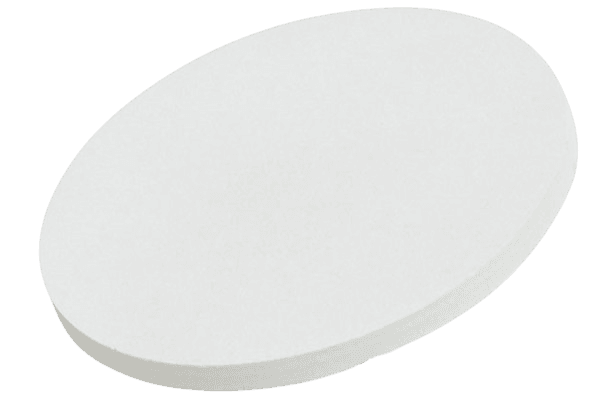
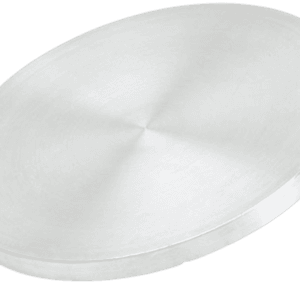
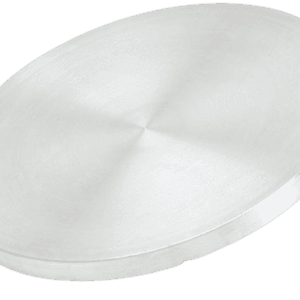
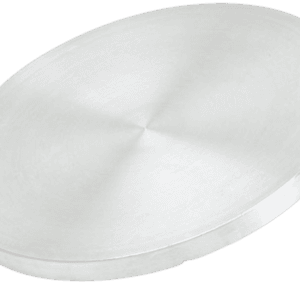
Reviews
There are no reviews yet.